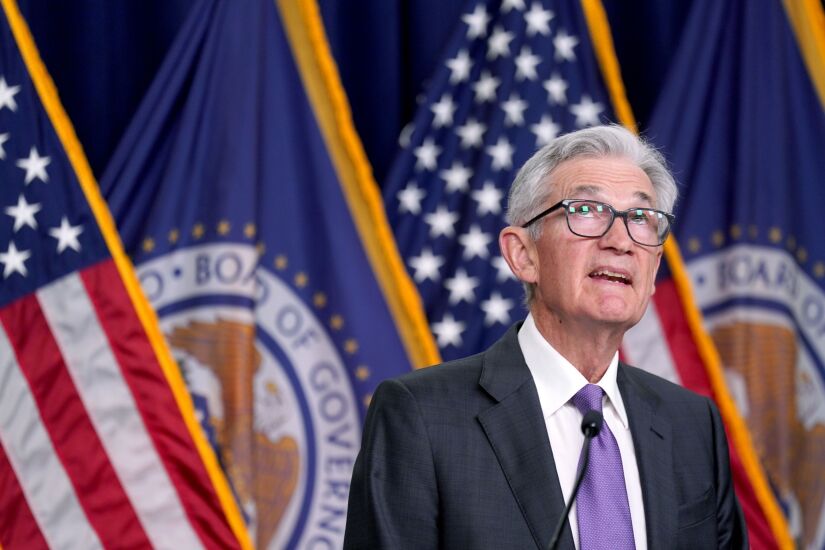Welcome back to "
When it comes to interest rates, sometimes no news is good news. On Wednesday, the Federal Reserve announced that it was holding rates steady once again, keeping the federal funds rate between 5.25% and 5.5%. It also reiterated its plan to
The upshot was clear: For now, the Fed is leaving everything exactly the same.
"We're in a situation where if we ease too much or too soon, we could see inflation come back," Fed Chair Jerome Powell said at a press conference on Wednesday. "If we ease too late, we could do unnecessary harm to employment."
But that was enough for Wall Street to celebrate. That afternoon, the S&P 500 rose 0.3%, the Dow Jones gained 0.4% and the Nasdaq climbed 0.5%.
For some investors, the fact that the Fed's outlook has not changed was encouraging in itself, given the economic data that's come out lately. Inflation has remained stubborn in recent months, with the
READ MORE:
And earlier this month, an employment report
Nevertheless, Powell remained confident in the Fed's course.
"I think they [the recent inflation numbers] haven't really changed the overall story, which is that of inflation moving down gradually on a sometimes bumpy road toward 2%," he said. "I don't think that story has changed."
How should wealth managers look at the Fed's latest move, or lack thereof? Can clients still look forward to rate cuts later this year — and the expected boost to their portfolios? Or is inflation stuck at a level that won't allow the central bank to declare victory? Is the Fed simply waiting to make those cuts, or is it paralyzed?
For answers, we turned to some of wealth management's top analysts. Here's what they said:






